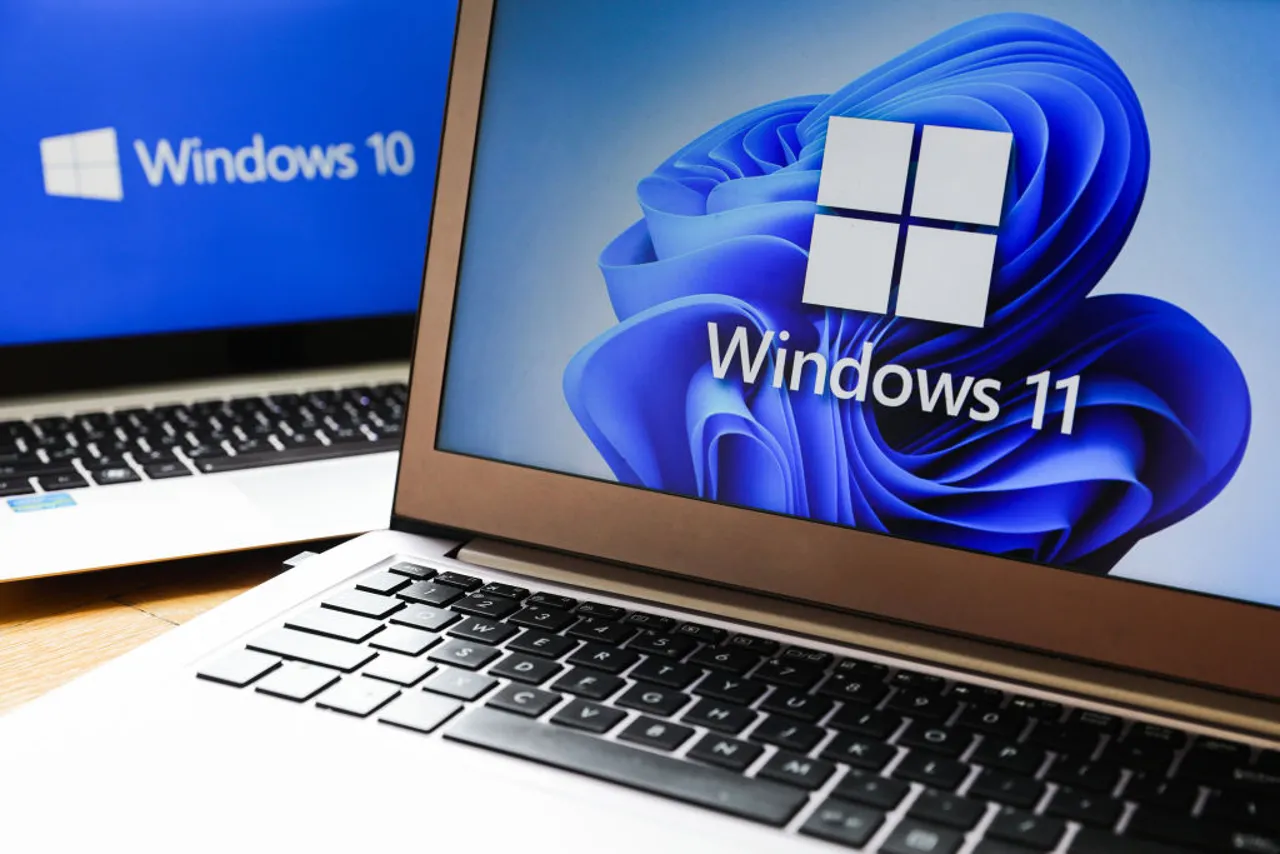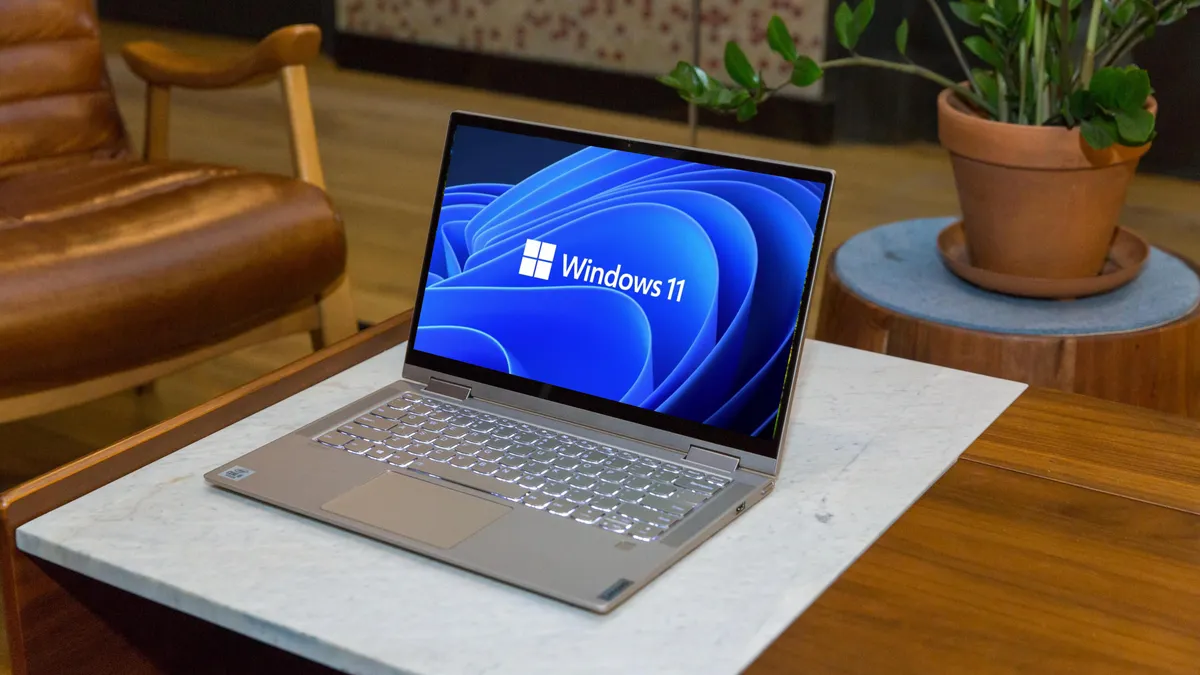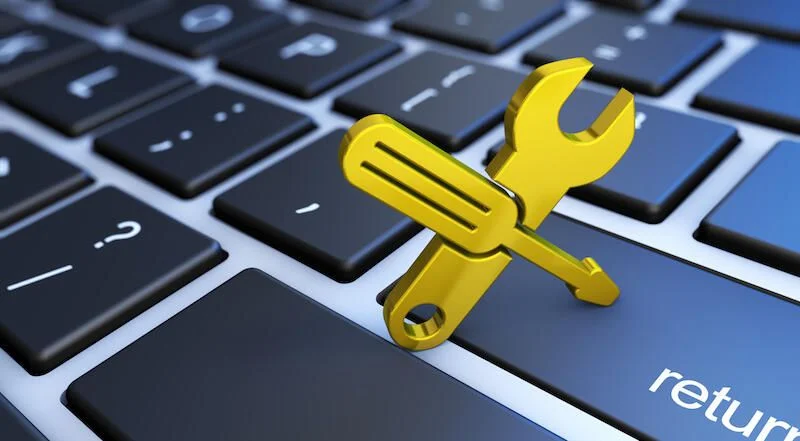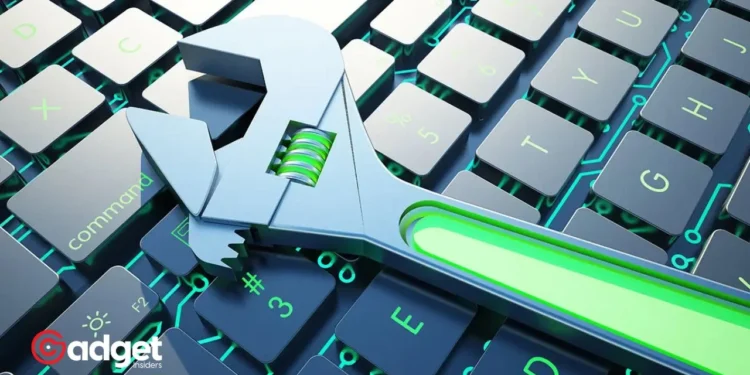In the ever-evolving landscape of operating systems, Windows 11 has set a new benchmark with its 23H2 update, significantly overhauling the troubleshooting mechanisms known from the Windows 10 era. This shift not only enhances user experience but also aligns with Microsoft’s vision for a more integrated and intuitive OS.
Let’s delve into the transformative journey from the beloved Windows 10 troubleshooters to the sophisticated ‘Get Help’ system in Windows 11, underscoring the seamless transition and what it signifies for users worldwide.
The Legacy of Windows Troubleshooting
Once upon a time, the Windows ecosystem was guarded by an arsenal of “fix-it” tools, famously symbolized by the Mr. Fix-It character. These tools were pivotal in resolving common issues ranging from printer access to network connectivity.
However, as technology advanced, so did the methods of troubleshooting. The transition from Windows 7 and 10’s tangible troubleshooters to an automated, behind-the-scenes approach in Windows 11 marks a significant evolution in Microsoft’s strategy to address user problems efficiently.

The Dawn of a New Era: Windows 11 23H2 Update
With the launch of the Windows 11 2023 Update, Microsoft introduced a paradigm shift in troubleshooting. The new architecture, moving away from the traditional troubleshooters and the Microsoft Support Diagnostic Tool (MSDT) platform, aims to streamline and enhance the user’s ability to resolve issues without diving deep into system settings.
The Get Help Platform: A Beacon for Troubled Users
The ‘Get Help’ feature in Windows 11 represents a leap towards more accessible and user-friendly support. Integrating troubleshooting into a single, easy-to-navigate app, Microsoft has simplified the process of diagnosing and fixing problems.
Whether it’s a network issue or a printer malfunction, ‘Get Help’ directs users through a series of steps to identify and resolve the problem, often with the option to run automated troubleshooters for a more hands-off approach.

Why This Matters: The User Experience Perspective
For users, the transition to ‘Get Help’ in Windows 11 23H2 is more than just a cosmetic upgrade. It signifies Microsoft’s commitment to making technology more accessible and less intimidating for the average user.
By consolidating troubleshooting tools into a more intuitive interface, the process becomes not only more straightforward but also significantly less time-consuming. This change is a testament to the evolving nature of operating systems, where user convenience and efficiency are paramount.
Windows 11’s new approach to troubleshooting https://t.co/3yHHVvJTKK pic.twitter.com/ifnqVsSTLr
— Baruch Professionals Forum (@baruchproforum) March 6, 2024
The Road Ahead
As we look to the future with Windows 11’s new troubleshooting methodology, it’s clear that Microsoft is setting a new standard for how we interact with our PCs. The blend of user-friendly design with sophisticated problem-solving mechanisms promises to make the dreaded task of troubleshooting a thing of the past.
While the legacy tools remain operational in Windows 10, the focus shifts towards embracing the new, streamlined experience offered by Windows 11.

Windows 11’s 23H2 update is not just an incremental improvement but a significant leap forward in making technology more approachable for users across the globe.
As we continue to navigate this new landscape, the promise of an operating system that not only works well but also works smarter offers an exciting glimpse into the future of personal computing.










